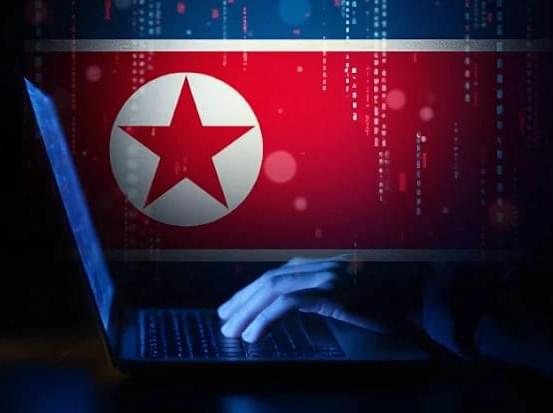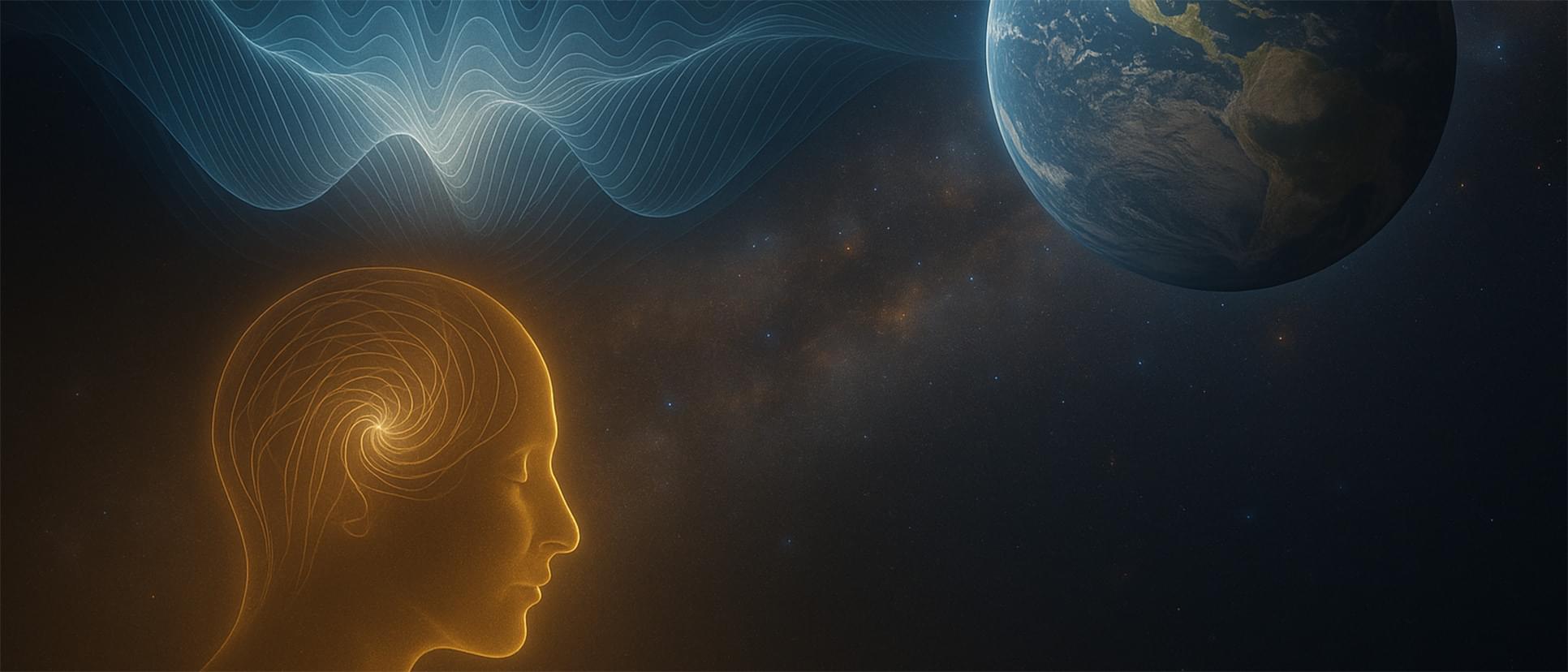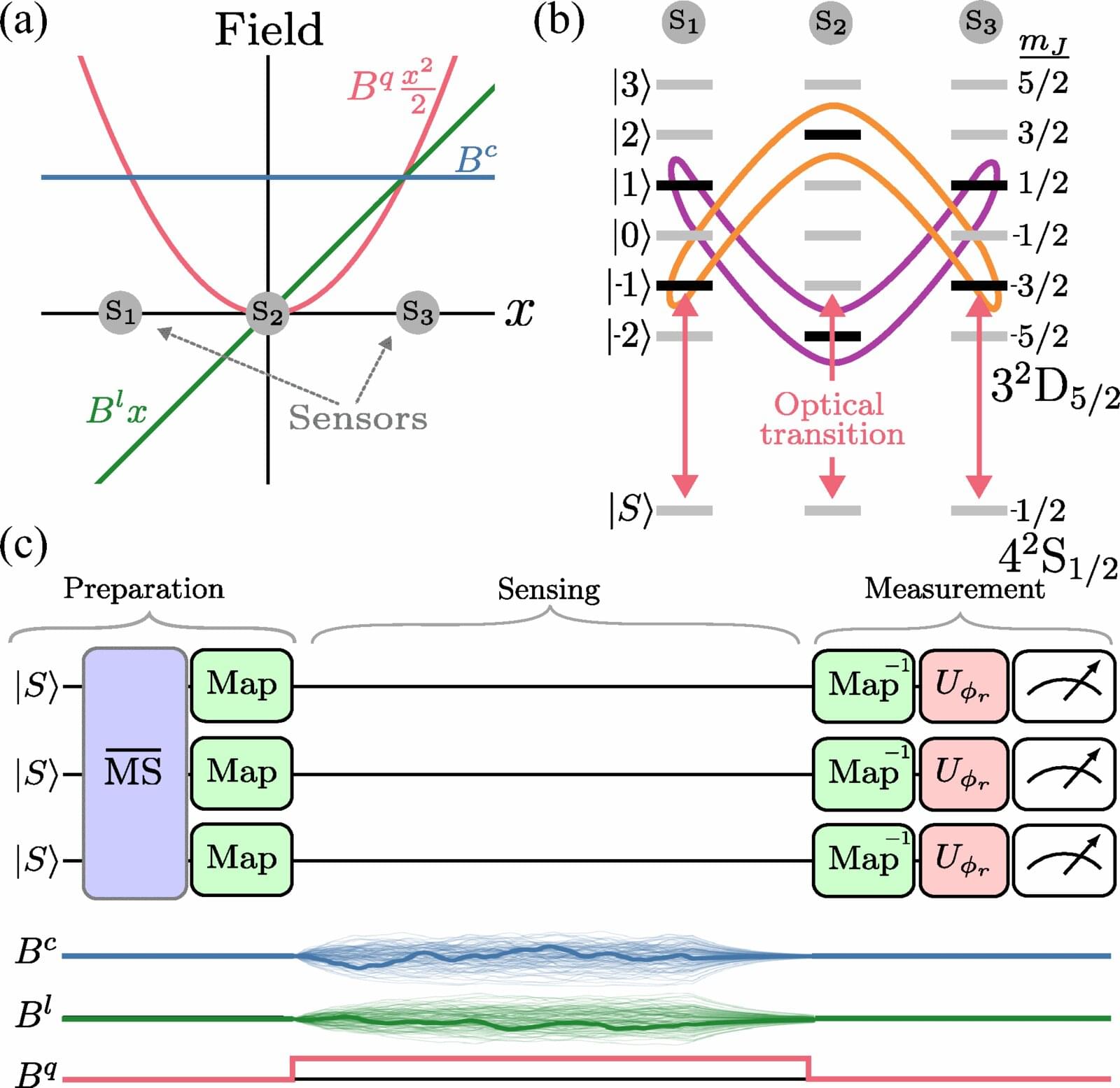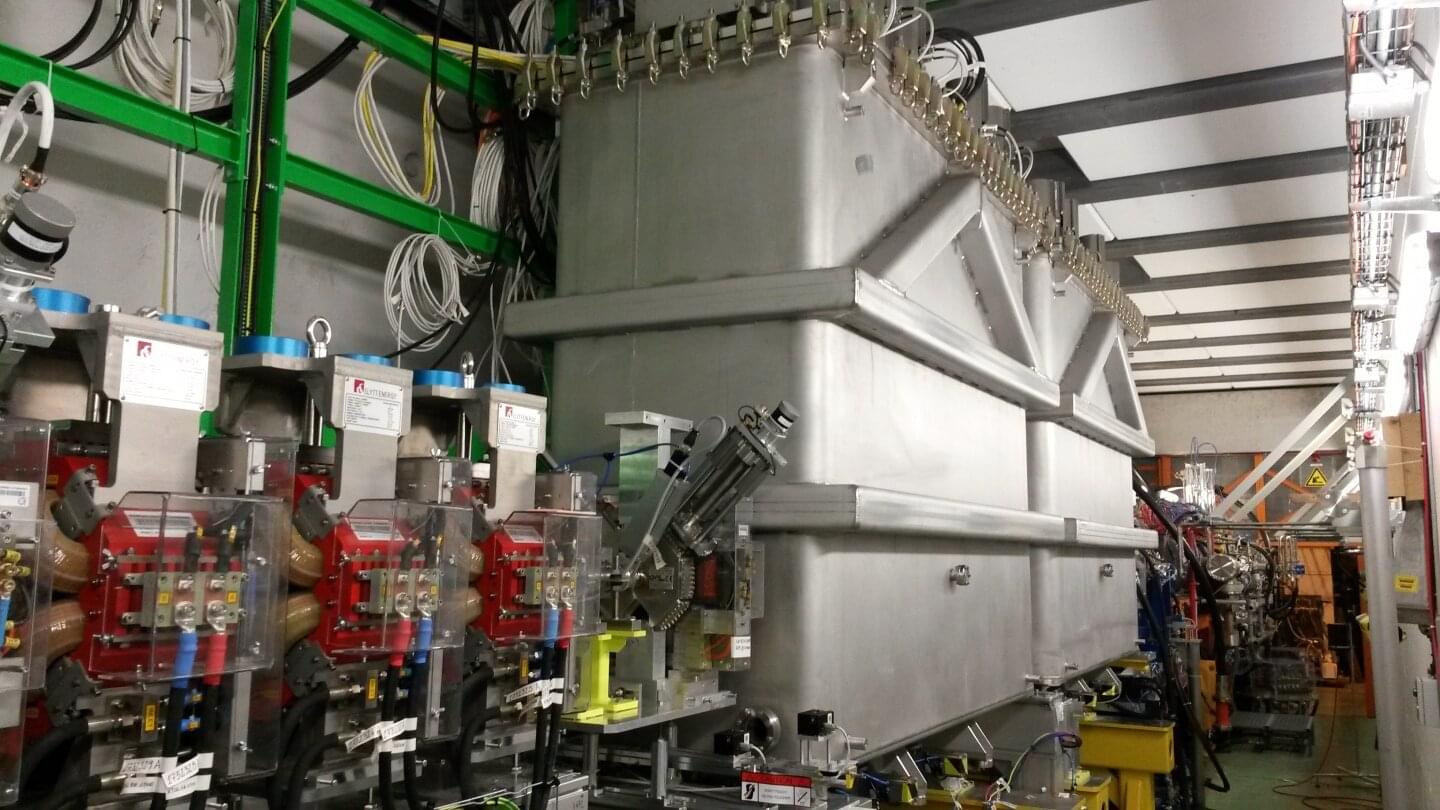The police in Poland arrested three Ukrainian nationals for allegedly attempting to damage IT systems in the country using hacking equipment and for obtaining “computer data of particular importance to national defense.”
The three men, aged between 39 and 43, could not explain why they were carrying the electronic devices. They now face charges of fraud, computer fraud, and possession of devices and software intended for criminal activity.
According to the police, the Ukrainians “were visibly nervous” when officers stopped them and said they were heading to Lithuania while traveling around Europe.








